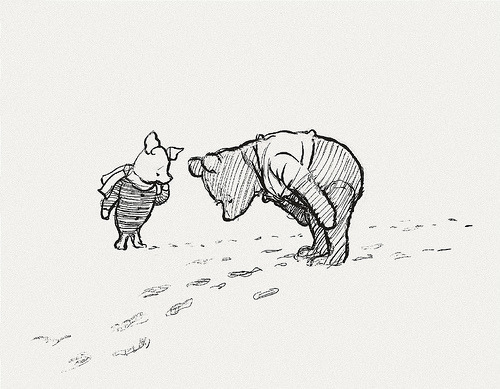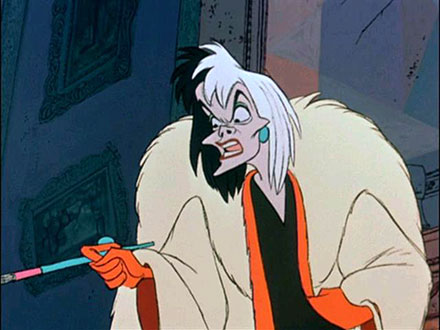On Monday, Nicholas Barber gave me pause for thought, in this
Guardian piece, arguing that movie adaptations of childhood classics for young readers like
Paddington or
Postman Pat, are traducing the spirit of the original in one very specific way.
Villains. Really mean ones at that.
 |
| Mr Curry - the nearest thing in the Paddington books to a baddie |
He recounts how the new
Paddington adaptation from
Harry Potter producer David Heyman has Nicole Kidman as murderous taxidermist, hellbent on peeling Paddington's hide. Postman Pat earlier this year had a megalomaniac cyberman, and we'd probably all rather not remember Dougal and co from the
Magic Roundabout trying to stop an evil wizard.
Barber argues that the icy blast of cruelty, megalomania and high stakes jeopardy which comes whirling onto the screen with these inserted characters is a far remove from the gentle, charming storytelling which made the original books so popular with young children and their parents. He also gives a compelling example of his six year old daughter being squeamish at anything too scary in the movies - from sharks in
Finding Nemo to evil queens in
Snow White, never mind a psychopathic Nicole Kidman.
He is, of course, absolutely right on two fronts. Those characters are nothing to do with the world of the books. Paddington needs marmalade, not murderers, to bring him to life. And we all know, and quite possibly once were, young children who frighten very easily at any sign of on-screen darkness or scariness - especially, perhaps, if they weren't expecting it in such a warm and honey coloured world. Like finding a Heffalump when you really weren't expecting one....
But at the same time, these are all
movies.
The books don't need those extra lashings of evil and drama. But once a book becomes adapted into a film, it becomes something else, not just a different medium but a different genre too. A genre with different rules and demands. A movie, even one for young children, requires big stories and big characters to fill the scree and sustain not only young minds but their adult minders for ninety minutes plus.
And I genuinely feel for his daughter. I remember being terrified by so much - Maleficent turning into a dragon in
Sleeping Beauty or the horrific Garthim in
Dark Crystal.
 |
| Gruesome Garthim |
Somehow I seem to have survived it all, though, bar the odd nightmare. I think the key to these villains is that they are often as comic as they are villainous. Moreover, they can often be safely filed under the category of 'genre archetype' - even if unconsciously. Unlike the recent 'Missy' on
Doctor Who - who I thought was brilliant but disturbingly vicious for a family show - evil queens, mad scientists, corrupt developers, emotionless robots - these caricatured characters have their roots in often quite non-scary cartoons and comics rather than any real life basis. (Ironically, the irritable next door neighbour as typified by Mr. Curry from the Paddington books is far more likely to be a real life concern for young children.)
I don't think your average child has met enough crazy taxidermists to be truly checking under the bed for them, and witches and wizards really can be safely banished to fairytale land. In fact, these comic book denizens are by and large safe ways to introduce young children to flashes of the dark side of human nature, without creating undue anxiety or fear.
They almost all meet grizzly and overblown ends too, which is part of the panto fun.
Barber is right that not every child's narrative needs these big bullies, certainly not every book or TV programme. Children's stories may be one of the best ways to address grief and pain for developing minds; that of course doesn't make them obliged to.
But to keep small ones focused and not wriggly in the cinema, I can think of few better ways than a larger than life baddie with arched eyebrows and a maniacal laugh, coming after the young and innocent hero of the hour.
Piers "Cruella de" Torday
@PiersTorday
www.pierstorday.co.uk










